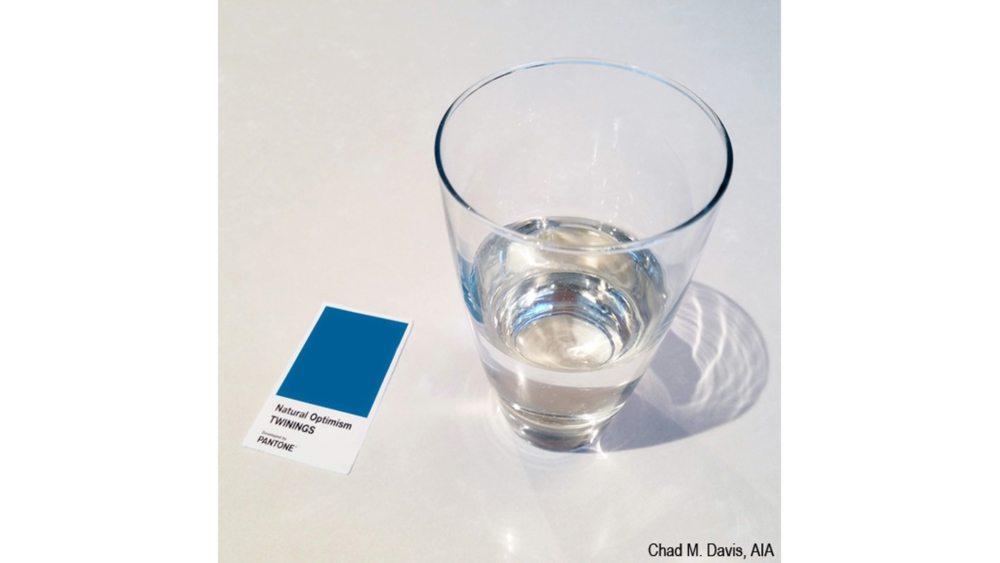
The Role of Optimism in Design
Is the glass half full or half empty? We have all heard this classic question. I propose that in the design profession, the glass must always be half full. VLK has developed a culture of optimism which is critical to our success. There are many proven benefits to being optimistic. Allowing yourself to deal constructively with failure increases your productivity, makes you more self-confident, and reduces stress.
Everyone who has ever graduated from architecture school has learned to deal with criticism. The end of every design project in school is marked with a jury, pin-up, or design crit. You pour your heart and soul into a project, working endless nights crafting a basswood model and producing drawings that could hang in an art gallery. Then your professor, invited architects, and sometimes your own peers point out the flaws in your design. Many students just can’t get over this criticism and drop out. Learning to deal with criticism is one of the key elements to having a successful career as an architect.
The culture in many architecture schools is flawed, mainly due to the time constraints. School projects occur on a very short timeline, just a few weeks in many cases. As the days go by, students are pressured to pick a final solution just so they will have time to complete the presentation drawings and model. If you look towards the finish line too soon, it will mark the end of your design exploration. How can we learn from criticism and apply the lessons to make our projects better? How do you overcome this in real-world architectural practice?
We test our designs with users like a scientist tests a hypothesis. Ideation is cheap at the beginning of a project, so you should do lots of it. This is the time to push the boundaries. A crazy, rejected idea may inspire a viable idea from another team member. Getting feedback on your design is critical to the success of a project, so you must build a scenario where feedback is possible with your clients in a positive environment. A way to get past criticism is to disassociate “you” from “the work”. The work is being criticized, not you.
One proven strategy for getting client feedback on a design is presenting multiple design concepts. People generally don’t want to criticize your hard work. When they can pick and choose parts of multiple concepts that they like, they can better frame the context of their critique and remain positive. Having only one option opens you up to a ‘yes’ or ‘no’ critique. Receiving a ‘no’ gives you nothing to build on and can bring a project to a halt.
VLK understands the importance of having an optimistic firm culture. The scales of our designs are too complex to tackle alone; therefore, all of our projects are group projects. For teams to work well together, they must have an optimistic environment. Tim Brown, author of Change by Design and CEO at IDEO, suggests that the reason many creative companies have playful environments is to encourage risk taking and to help create a culture of optimism.
Sir Winston Churchill states “A pessimist sees the difficulty in every opportunity; an optimist sees the opportunity in every difficulty.” What do you see?